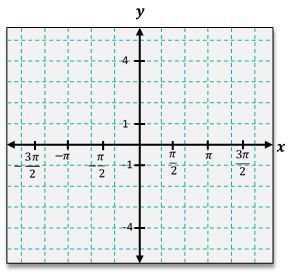Multiple Choice
For the topic of graphs of the sine and cosine functions, what is the axis of symmetry for the graph of ?
25
views

 Verified step by step guidance
Verified step by step guidance
 5:53m
5:53mMaster Graph of Sine and Cosine Function with a bite sized video explanation from Patrick
Start learning
